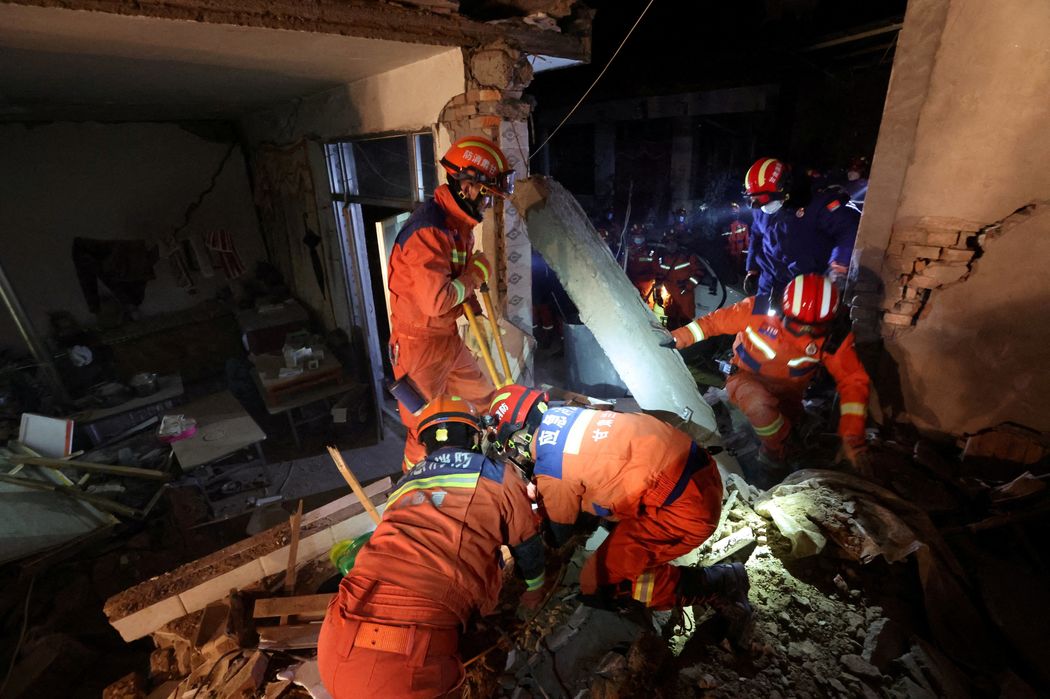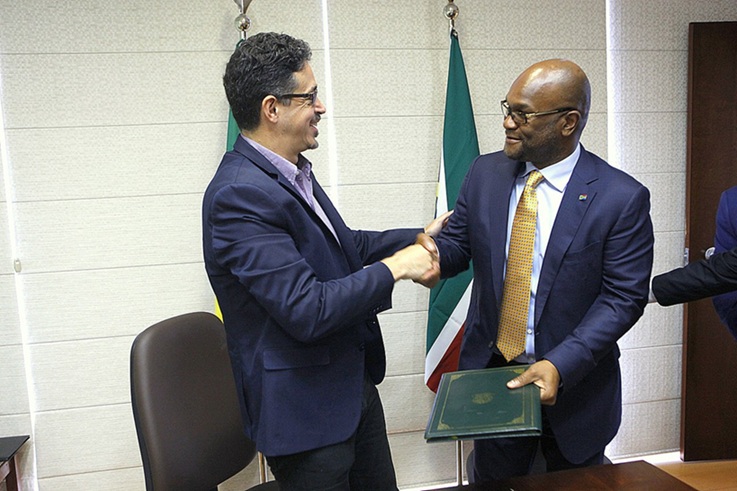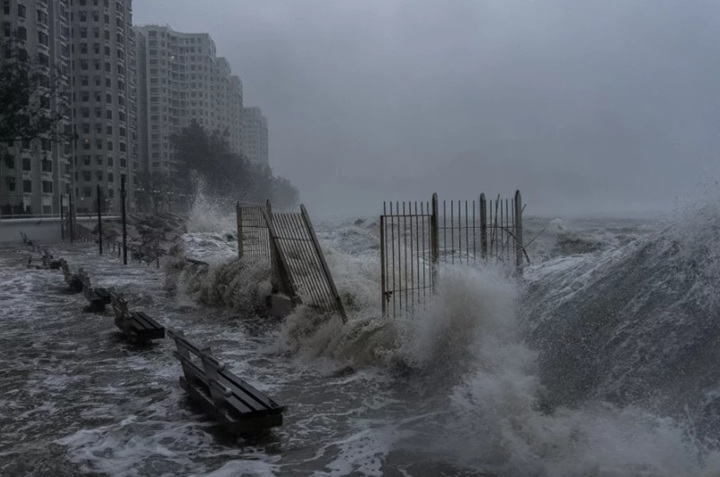Rescue workers in northwestern China are facing a daunting challenge as they race against time and harsh weather conditions to find survivors of a powerful earthquake that has devastated the region. The earthquake, which struck Gansu province with a magnitude of 5.9 according to the U.S. Geological Survey, has claimed over 100 lives and left many more injured.
The epicenter of the earthquake was in Gansu’s Linxia Hui Autonomous Prefecture, a remote area known for its high altitude and freezing temperatures. These conditions have made rescue operations extremely difficult, especially as the first 72 hours are crucial for finding survivors. Wang Duo, a team leader of the Gansu Houtian Emergency Rescue Corps, emphasized the limited window for rescuing people, stating that “the golden hour for rescuing people for this earthquake will be shorter.”
Chinese leader Xi Jinping has called for all-out efforts in the search and relief work, acknowledging the challenges posed by the region’s high altitude and low temperatures. The earthquake has already claimed at least 126 lives in Gansu and neighboring Qinghai province, making it one of China’s deadliest earthquakes in recent years.
In Qinghai, the earthquake triggered landslides, leaving at least 20 people missing. Infrastructure such as water, electricity, transportation, and communication systems has been severely damaged in some areas, further complicating rescue efforts.
The affected region is home to several of China’s ethnic minorities, including Hui Muslims, and is characterized by its impoverished rural areas with buildings made of clay and mud. The earthquake has devastated these communities, leaving many residents homeless and in need of urgent assistance.
Survivors have described the terrifying moments when the earthquake struck, with violent tremors lasting only seconds but causing widespread destruction. Many have been left with nothing, as their homes and livelihoods have been destroyed.
Despite the challenges, rescue teams comprising over 1,400 personnel have been deployed to the affected areas, with an additional 1,600 on standby. These teams are working tirelessly, combing through villages and using all available resources to locate and rescue survivors.
The earthquake’s epicenter lies in a seismically active region, prone to earthquakes due to its location near the convergence of the Indian and Eurasian Plates. The area has experienced several significant earthquakes in the past, highlighting the ongoing risk faced by its inhabitants.
This disaster serves as a stark reminder of the vulnerability of communities in earthquake-prone regions and the importance of preparedness and rapid response in saving lives. As rescue efforts continue, the focus remains on finding survivors and providing essential aid to those affected by this tragic event.
(Source: WSJ | NYT | Al Jazeera | Xinhua)









